
URBAN.OPINIONS I
One question – Five answers:
I.
MOTS I Visual Art Duo
Between Portugal, Poland and Germany
“Urban art should contribute to its location, specifically large-scale murals, since they have a huge visual impact in a similar way that landscape architecture does. Therefore, it should encompass not only artistic expression but also social and cultural context. The last wall we painted in Lisbon is an example of this: the scale of the mural, eleven floors high, has such a public presence on its own that ignoring its surroundings and context could be invasive and only result in visual noise. Knowing that every artwork doesn’t fit everyone’s taste, people who live there or pass by will see it every day, and we just do our work and leave, we are faced with these questions and this responsibility. With this said, we think urban art breaks the division between the artist and the observer; it brings more human touch and character to the public, often to so called no-space, where walls and buildings are mainly what separates us from others.”
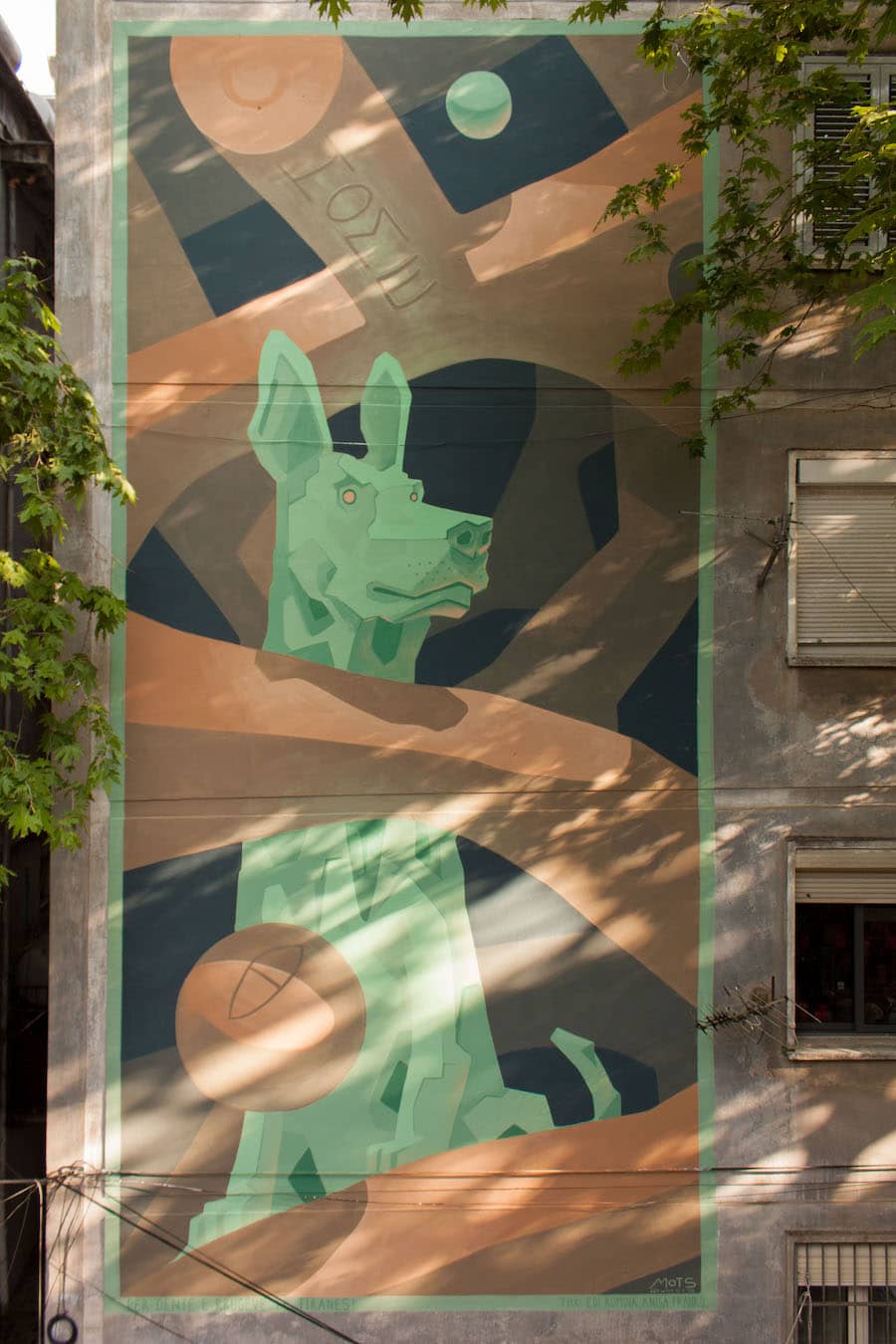
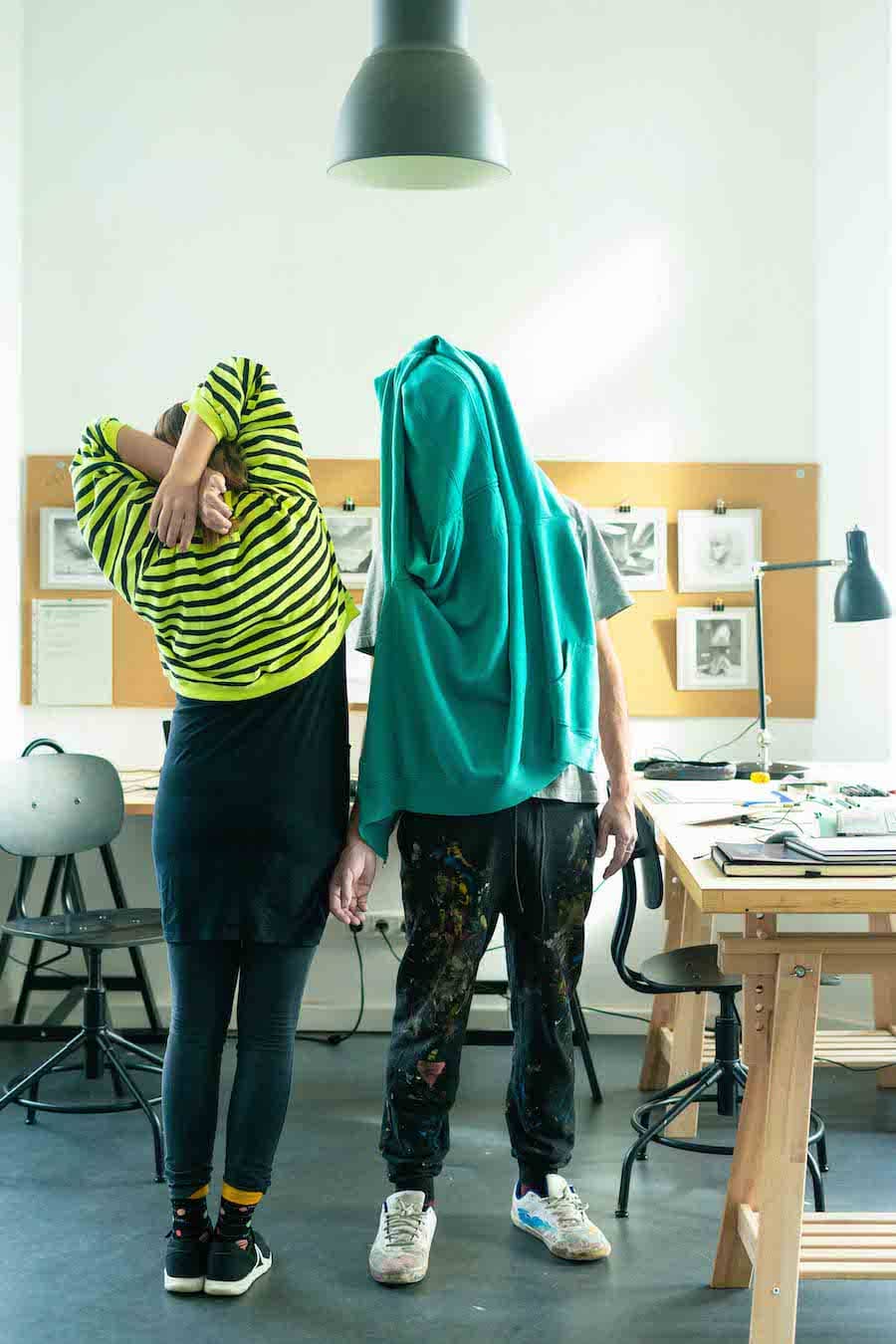
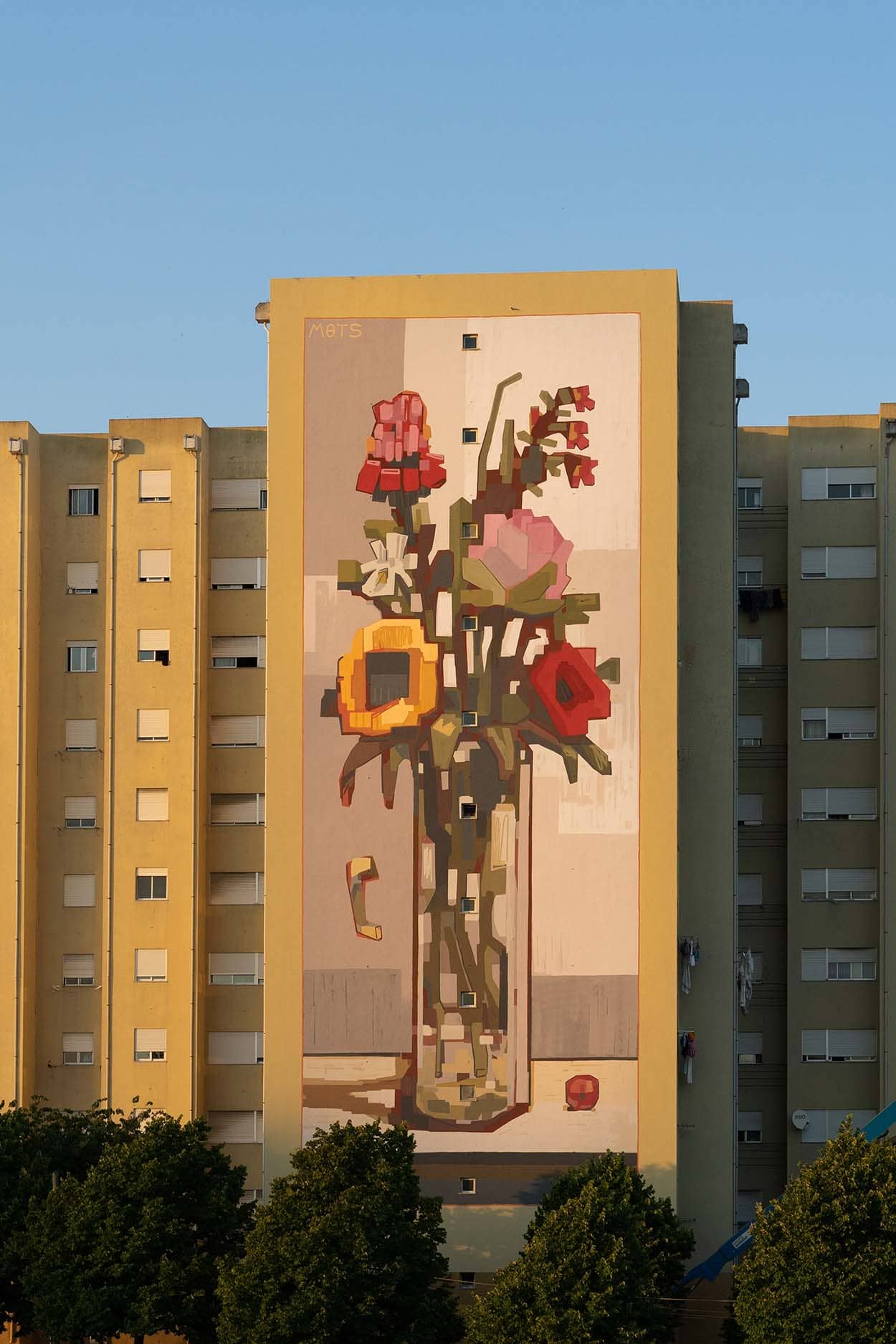
II.
MAJA HÜRST
Zurich, Switzerland / Berlin, Germany
“Exchange. Ideally, it makes people stop in the here and now and talk to each other in real life. I think it’s very important that people do not lose the ability to interact without the filter of a screen.”




Instagram majahuerst
Pictures © Artist
III.
BASIK
Rimini, Italy
“I think that urban art is not that different from contemporary art in general. To me, it just comes with a greater connection to context and, of course, a shorter lifespan than studio paintings, canvases or anything meant for a gallery or museum. In a way, it is literally much more contemporary than any other form of current art because it lives, functions, and decays in an absolute present timeframe.
That being said, urban art should make viewers exercise their mind and question what is in front of them, even to provoke but always in a clever and subtle way, to let people use critical thinking and have their own thoughts instead of just giving them a lazy answer to adhere to.
That is also why I’d say that I am not a big fan of urban art carrying a social message at all costs: first, because, in the era of social media filled with superficial activism behavior, I notice that it is really easy to look redundant, and, to be honest, to forcibly patronize the viewer in the long run; and second, because it surely takes much more than a mural to change people’s minds, so I like when such approach is done in a really clever way, even though I’m afraid it’s something that rarely happens.”




IV.
ELFO
Florence, Italy
“I believe that street art in the past has helped to distract from the daily monotony. Today it must serve to distract from the asphyxiation of the web.”

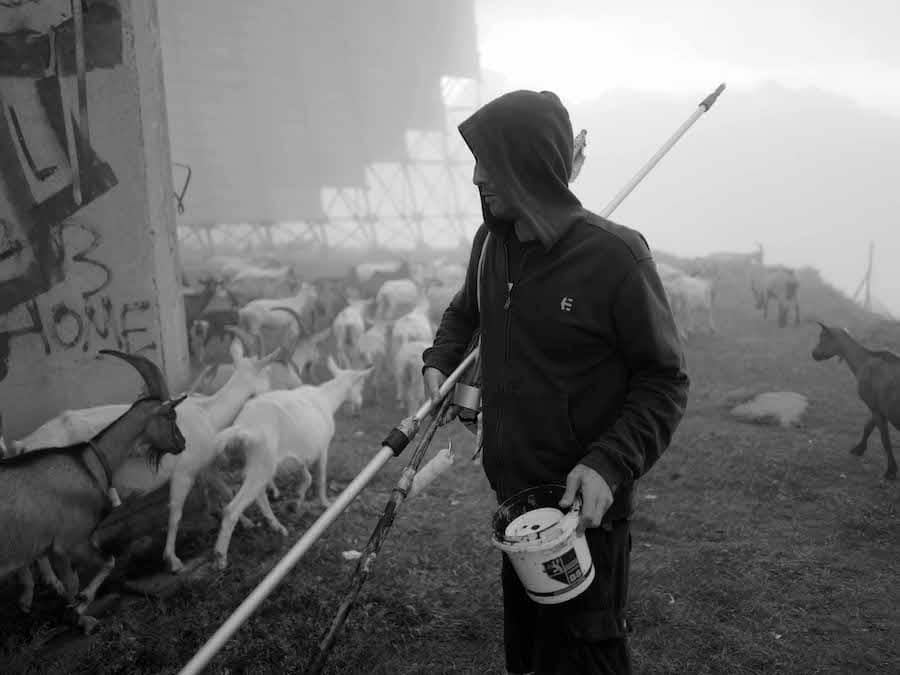
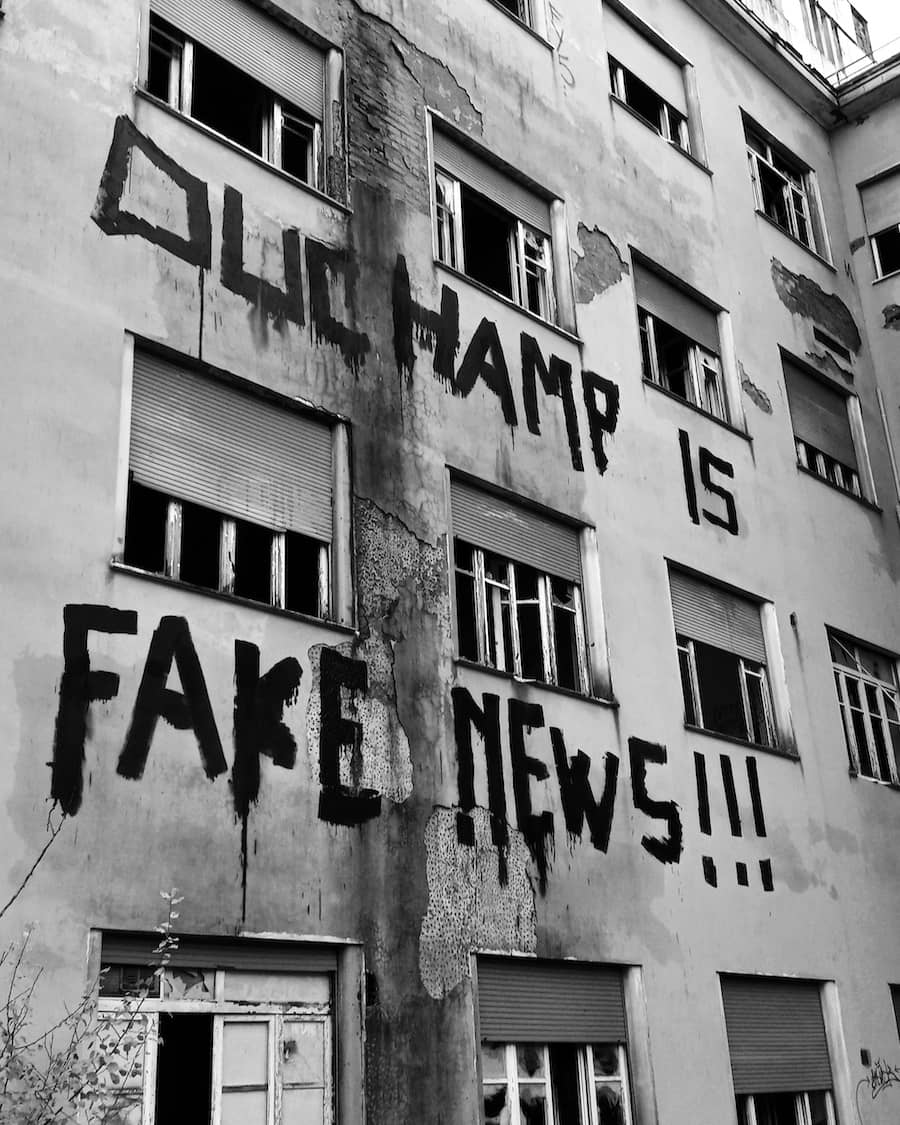
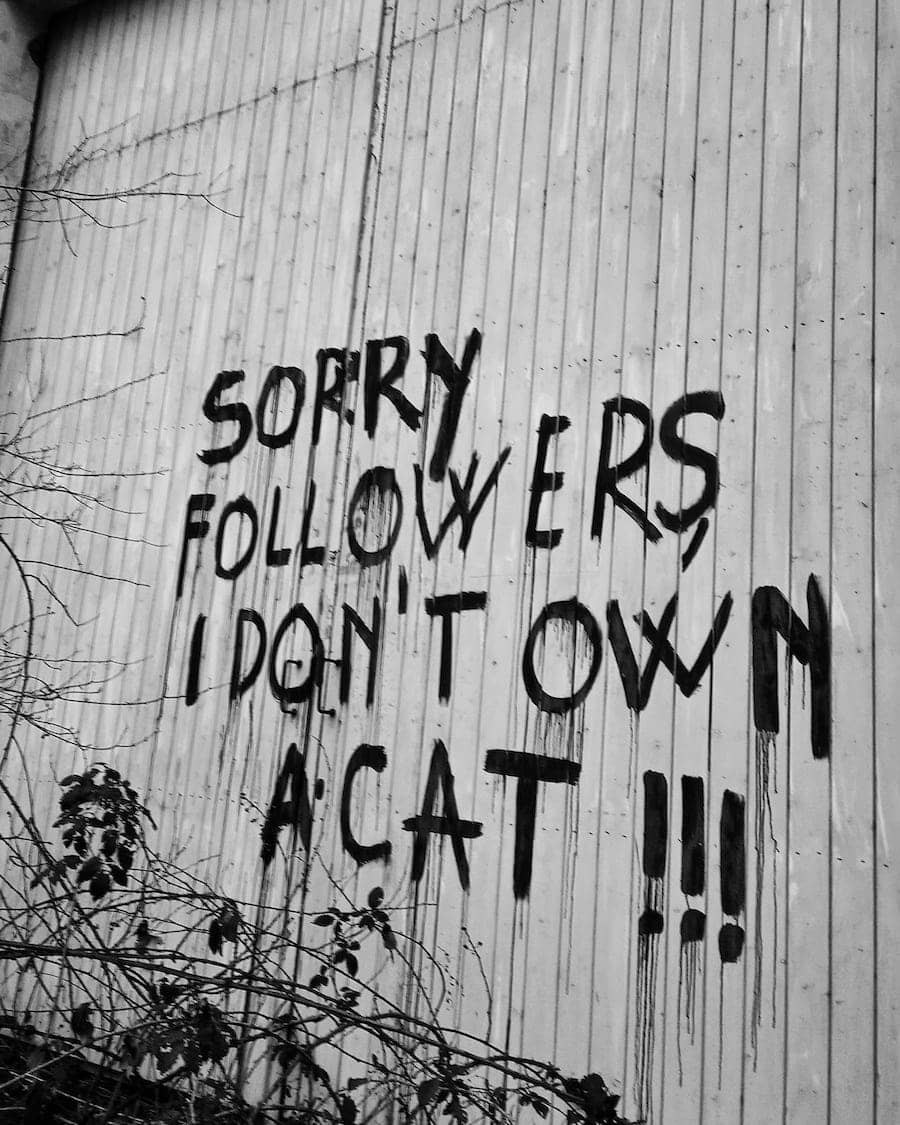
Website elfostreetart.blogspot.com I Instagram elfo.hhaahha
Pictures © Artist and Nicolo Taglia
V.
MICHAEL BEERENS
Paris, France
“I believe that to answer this question, we have to start by defining urban art.
If we define ‘urban art’ as art that is in the public space, you should know that there are several movements in urban art. To begin with, there is ‘legal’ urban art (like muralism, for example) and ‘illegal’ urban art. Each movement has its own motivations and its own history.
Personally, I started painting in the streets thanks to graffiti and hip-hop. I grew up in the Parisian suburbs in the ‘90s, and the graffiti movement was very fashionable at that time. My work at the time was quite selfish; I wanted to write my name everywhere, and I liked the adrenaline rush of the night sessions. Then I understood that there was an audience that saw my paintings and that I could write something other than my name, get a message across, communicate with the audience through the painting.
It is there that I started to paint paintings with messages, often in connection with ecology, because it is a subject I have been passionate about since childhood, and I had the impression that urban art was ideal for that because there was no intermediary between me and the public, and therefore no censorship.
I believe that the beauty of (illegal) urban art is precisely to be totally free to do what you want (as long as you don’t get caught).
Today, my work is mainly legal because I have orders to make walls or canvases, or to run workshops in schools. As I’ve gotten older, I’ve gone from protesting to raising awareness, but painting is still the main path.
I believe that each branch of this movement is important: sometimes it challenges the rules, sometimes it creates an identity in a place, sometimes it brings joy thanks to the color and much more. Art is important for a society, and the fact that it is visible to everyone seems to me necessary.”
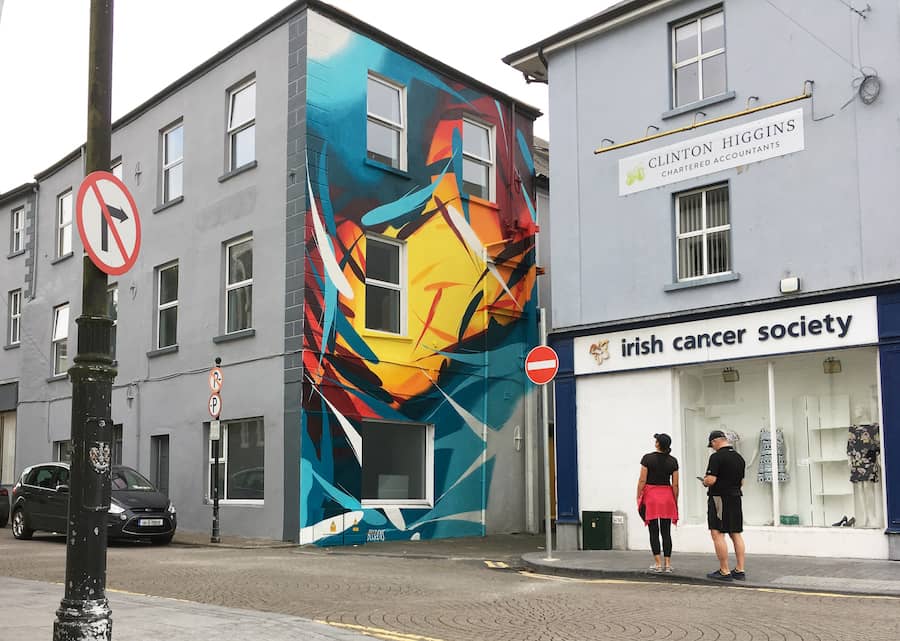

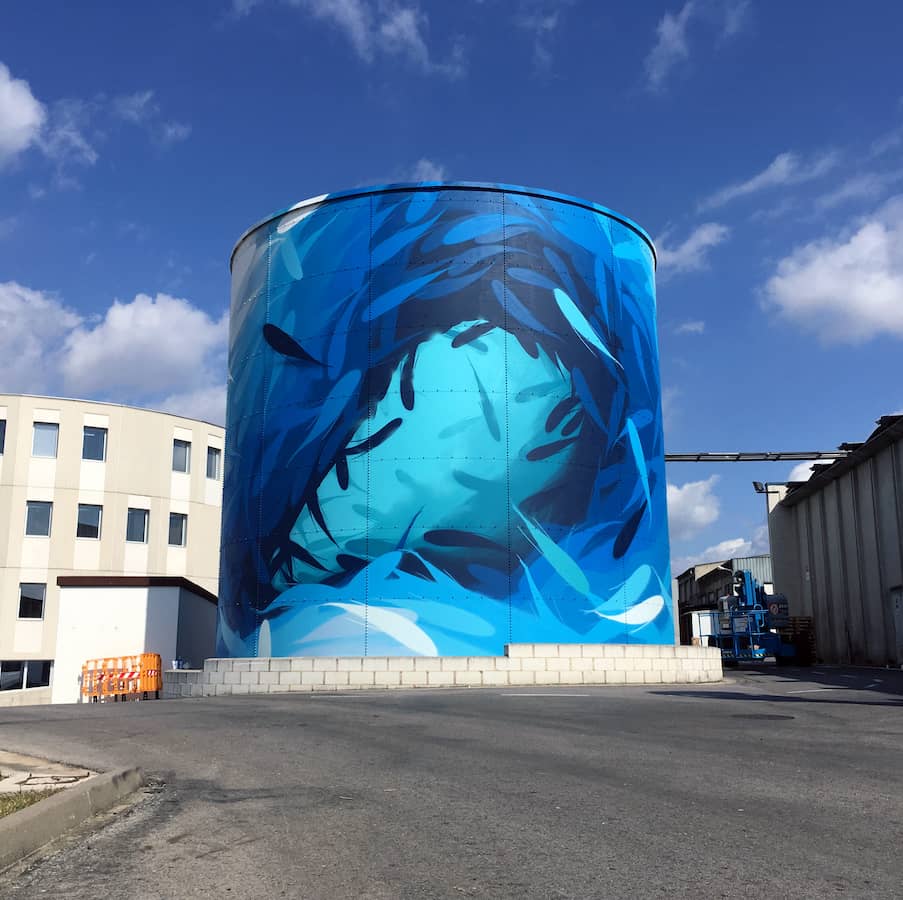
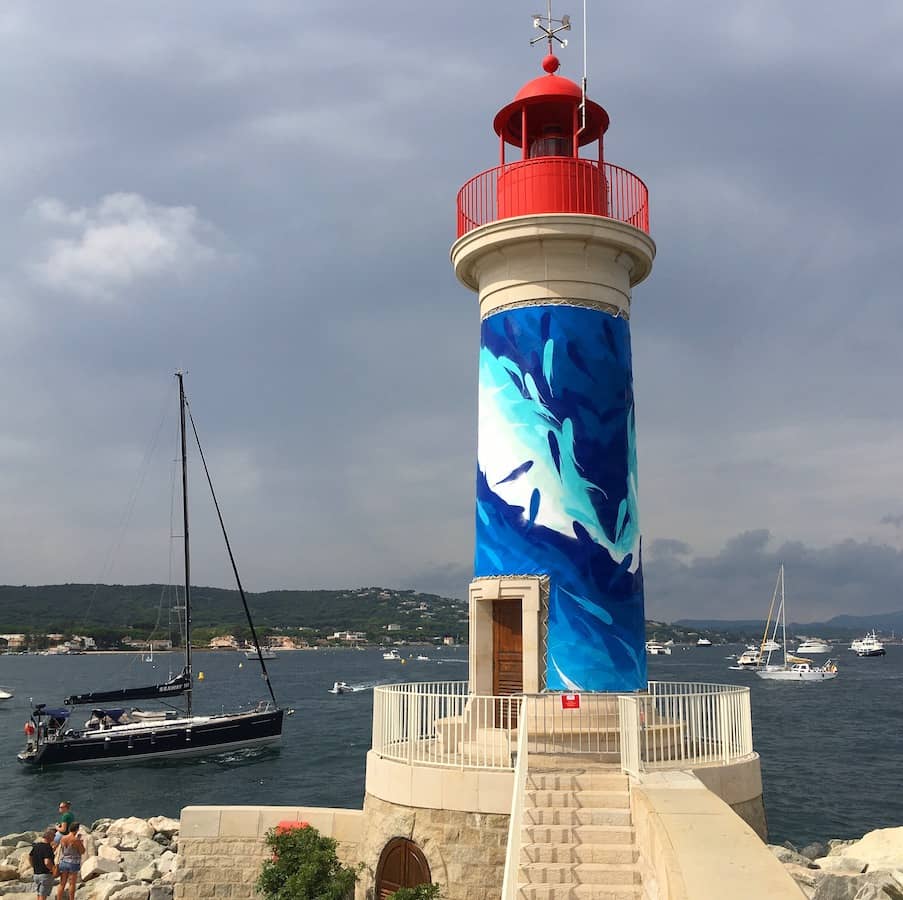
Website michaelbeerens.fr I Instagram michaelbeerens
Pictures © Artist
_______________________________________
November 2021
by Laura Vetter


